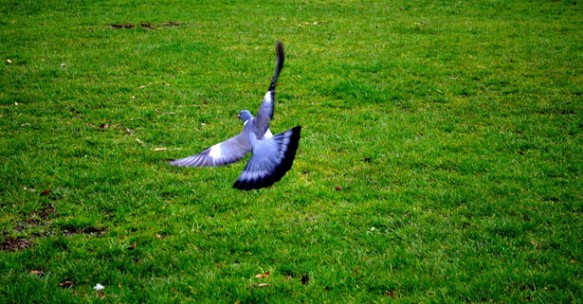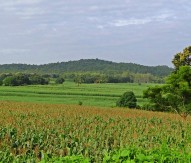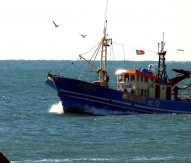
Hedges help pigeons learn their way around
A study has found that homing pigeons’ ability to remember routes depends on the complexity of the landscape below, with hedges and boundaries between urban and rural areas providing ideal landmarks for navigation.
Researchers from the UK’s University of Oxford and the Zoological Society of London as well as Sweden’s Uppsala University released 31 pigeons from four sites around Oxford for an average of 20 flights each. The study found that pigeons were better able to memorise flight paths when the landscape below was of a certain visual complexity, such as rural areas with hedges or copses.
Lead author Dr Richard Mann of Uppsala University said: “We discovered that pigeons’ ability to memorise routes is highly influenced by the visual properties of the landscape in a 250 metre radius below them.” He added: “Pigeons have a harder time remembering routes when the landscape is too bland like a field or too busy like a forest or dense urban area. The sweet spot is somewhere in between; relatively open areas with hedges, trees or buildings dotted about. Boundaries between rural and urban areas are also good.”
Co-author Tim Guilford, Professor of Animal Behaviour at Oxford University’s Department of Zoology, added: “There may be certain rules that free-flying birds use to structure information that enable them to map the environment using their limited brain power. Fundamentally understanding how they do this will tell us more about their abilities and limitations, and could reveal methods that robots with limited processing power might use to navigate.”
Knowing the landscape features that pigeons use to navigate could also help researchers to predict the flight patterns of any birds that are diurnal (active during the day). Identifying the likely flight paths of birds could be of use to conservationists, birdwatchers and town planners. Guilford said: “Homing pigeons provide a reliable model for studying navigation and there’s no reason to believe that other diurnal birds won’t use similar methods.”
The study was part funded by the European Research Council and was published in Biology Letters.






